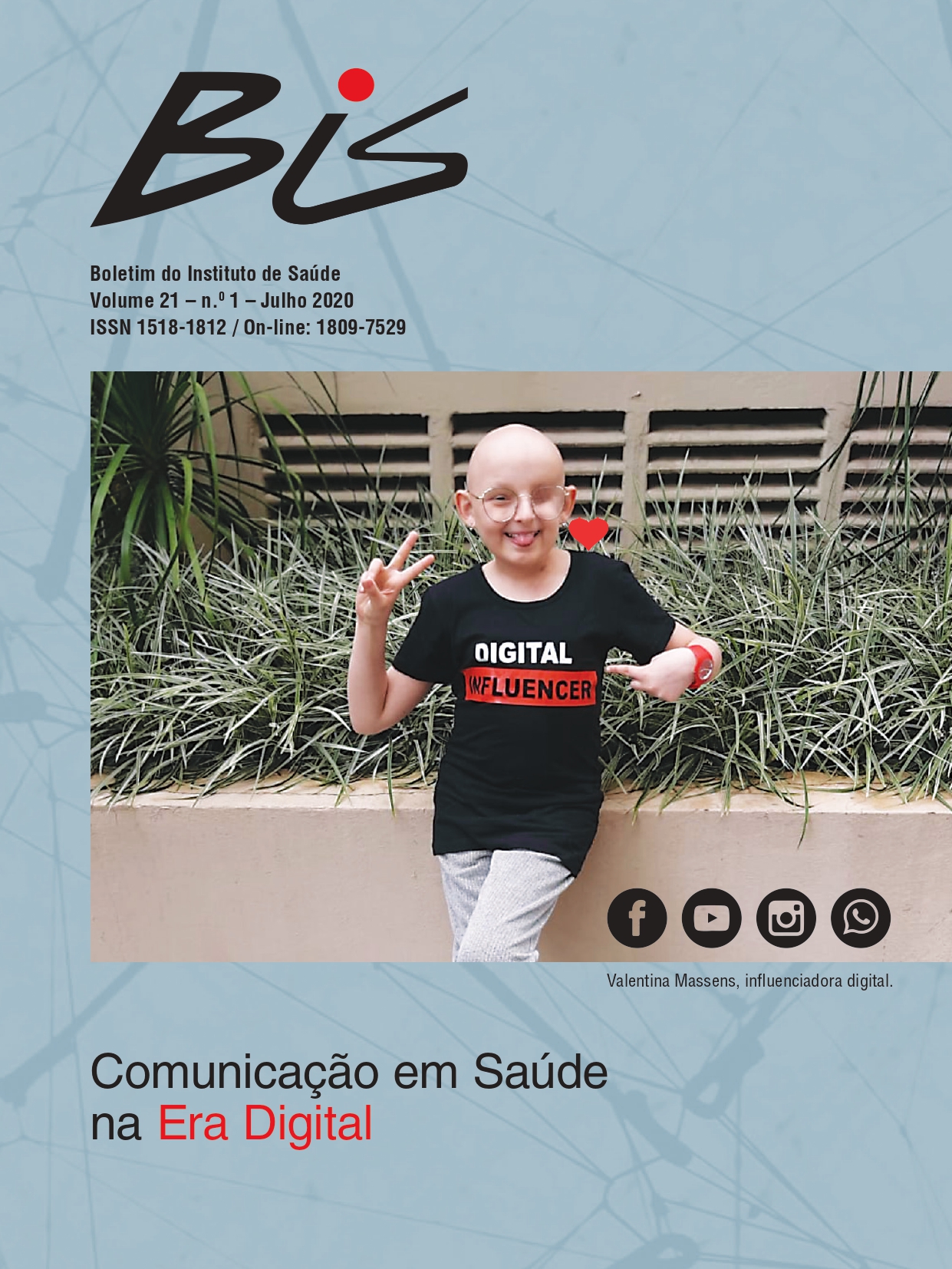Abstract
The open Internet is broadly known and accessed by the general population. It is considered an open and free world that promotes the circulation of free ideas, where any content could be spread and accessed without any sort of manipulation. The Dark Web is considered to be the opposite. It is a network in which cryptography creates a hostile world, full of criminal activities and all sorts of malicious contents, including several dangerous for mental and physical health and wellbeing. This work seeks to present what the Dark Web is, what are its contents and basic technologies to access it. The open Internet is also discussed by the same approach in order to emphasize that it is not an open and free world of ideas and speeches since content can be segmented according to the sort of criteria. Such control is performed from the basic internet technology up to the way that people behavior and content organization is done because, both follow a mathematical model called complex network. Such structure may be used to organize content and opinion bubbles. The education and knowledge about both networks are a prophylactic method to protect ourselves and make us use the Internet in a safe and healthy way
References
02. Mansfield-Devine, S. Tor under attack. Computer Fraud & Security [internet]. [acesso 20 jul 2020]. Disponível:
https://www.sciencedirect.com/science/article/abs/pii/S1361372314705238.
03. Beckstrom M, Lund B. Casting light on the Dark Web: A guide for safe exploration. New York: Rowman &
Littlefield Publishers; 2019.
04. Ozkaya E, Islam R. Inside the Dark Web. Boca Raton: CRC Press; 2019.
05. Brasil. Ministério Público Federal.Operação DarketBalanço [internet]. Porto Alegre: 2020 [acesso 20
jul 2020]. Disponível: http://www.pf.gov.br/agencia/noticias/2014/10/operacao-darknet-balanco
06. Vanhee C, Francotte A, Janvier S, Deconinck E. The occurrence of putative cognitive enhancing research
peptides in seized pharmaceutical preparations: An incentive for controlling agencies to prepare for future
encounters of the kind. Drug Testing and Analysis [internet]. [acesso 10 abr 2020]. Disponível: https://
pubmed.ncbi.nlm.nih.gov/31667971/.
07. Terbium Labs, Gollnick C, Wilson E. Separating fact from fiction: The truth about the Dark Web [internet].
[acesso 10 abr 2020]. Disponível: https://dsimg.ubmus.net/envelope/385643/510233/The%20Truth%20
About%20The%20Dark%20Web.pdf.
08. Burgess A. A Clockwork Orange: Restored Edition. London: Penguin Books; 2013.
09. Pariser Eli. O filtro invisível: o que a internet está escondendo de você. Rio de. Janeiro: Zahar; 2012.
10. Barabási AL. Linked: The new science of networks. Manchester: Perseus Books Group; 2003.
11. Milgram S. The small world problem. Psychology today.1967;2(1):60-7.
12. Granovetter M. The strength of weak ties: A network theory revisited. Sociological theory.
[internet]. 1983;1:201-233. [acesso 10 abr 2020]. Disponível:ttps://www.jstor.org/stable/202051.
13. Albert R., Barabási, A.L. Statistical mechanics of complex networks. Review of Modern Physics
[internet].2001; 74(1). [acesso 10 abr 2020]. Disponível: https://journals.aps.org/rmp/abstract/10.1103/RevModPhys.74.47.
14. Barabási AL, Bonabeau E.Internetworking with TCP/IP Vol. I: Principles, Protocols, and Architecture. New
York: Prentice Hall; 1995.
15. Santaella L. A pós-verdade é verdadeira ou falsa? Barueri: Estação das Letras e Cores, 2019.
16. Marriel G, Cássia J. A Deep Web e os limites do anonimato. Universo Ufes. [internet] 2019; 21 maio
[acesso 30 mar 2020]. Disponível em: https://universo.ufes.br/.t/10.1103/RevModPhys.74.47.
14. Barabási AL, Bonabeau E.Internetworking with TCP/IP Vol. I: Principles, Protocols, and Architecture. New
York: Prentice Hall; 1995.
15. Santaella L. A pós-verdade é verdadeira ou falsa? Barueri: Estação das Letras e Cores, 2019.
16. Marriel G, Cássia J. A Deep Web e os limites do anonimato. Universo Ufes. [internet] 2019; 21 maio
[acesso 30 mar 2020]. Disponível em: https://universo.ufes.br/

This work is licensed under a Creative Commons Attribution 4.0 International License.
Copyright (c) 2020 Rodrigo Filev Maia, Adriana Shimabukuro
